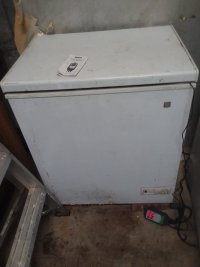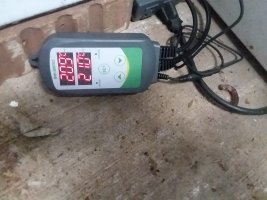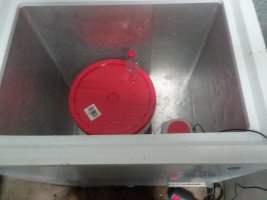Garage Brewer
Active Member
How do you all measure the temp of the beer in your fermenters with an Inkbird? I have my bucker fermenter wrapped in a heating pad and regulated with an Inkbird, but the temperature probe is just taped to the outside. So, the side of my bucket fermenter is 84F ... but what temp is the liquid inside? I don't have the math background needed to calculate heat dissipation through .8mm of plastic, or however thick this thing is.
I've thought about drilling a small hole in the lid, inserting a grommet, and pushing the probe through so it could sit in the wort as it fermented... but I think that would drastically increase the odds of infection. Has this problem been solved by others, or am I doing the same thing as everyone else?
I've thought about drilling a small hole in the lid, inserting a grommet, and pushing the probe through so it could sit in the wort as it fermented... but I think that would drastically increase the odds of infection. Has this problem been solved by others, or am I doing the same thing as everyone else?




















































![Craft A Brew - Safale S-04 Dry Yeast - Fermentis - English Ale Dry Yeast - For English and American Ales and Hard Apple Ciders - Ingredients for Home Brewing - Beer Making Supplies - [1 Pack]](https://m.media-amazon.com/images/I/41fVGNh6JfL._SL500_.jpg)







